#green spoonworm
Text
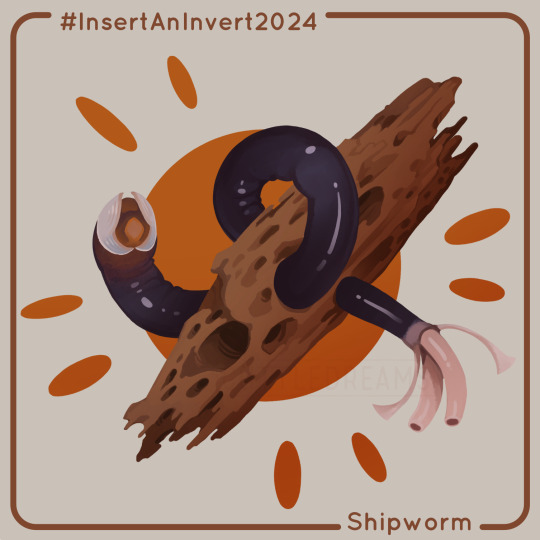
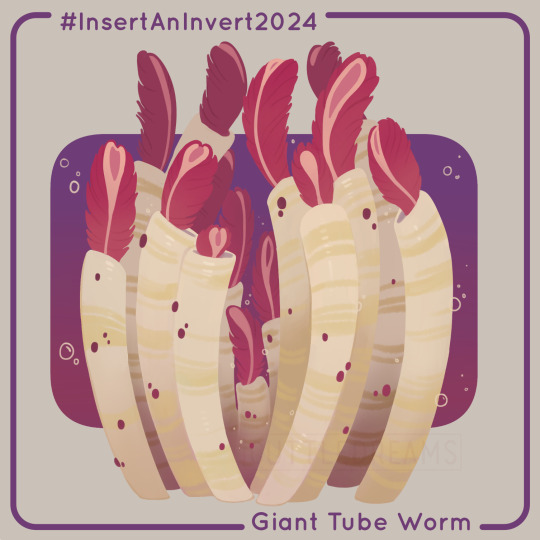


🪱 #InsertAnInvert2024
April Theme: Wormification
-Long and Limbless: Shipworm (Teredinidae)
-Long and Limbed: Giant Tube Worms (Riftia Pachyptila)
-Short and Limbless: Green Spoonworm (Bonellia Viridis)
-Short and Limbed: Horseshoe Worm (Phoronis Australis)
Can't believe its the worms that posed such a challenge for me! Such a wild month, it was so hard to choose what guys to do each week.
---
Interested in learning more about the invertebrate animals around us? Join into the year-long InsertAnInvert event organized by Franzanth, where every week a new animal is spotlighted! Draw unique animals, read up on cool facts, or just follow the tag online to see a lot of cool artwork.
---
Like my work? Visit my shop, or support me on Ko-Fi!~
#cuttledreams#insertaninvert2024#shipworm#giant tube worm#green spoonworm#horseshoe worm#teredinidae#riftia pachyptila#bonellia viridis#phoronis australis
69 notes
·
View notes
Note
Tricketh or treateth!
You obtaineth one (1) green spoonworm. Forsooth

35 notes
·
View notes
Note
You deserve to get raped the next time you go outside slut
did you know that green spoon worms begin life all the same- in a sexually undifferentiated larval state, their sex only being determined on where they land?? if the larva lands on the seafloor it becomes female and starts secreting a toxin, if this toxin comes in contact with a larval spoonworm that worm will become male and be pulled into the females proboscis. For the rest of its life that male will live in the females genital sac to provide her sperm
6 notes
·
View notes
Text
Worldbuilding and Aliens
Warning: This post contains mild spoilers for my upcoming novel, Rescues and the Rhyssa. (which is out next week! eeeee!) If you want to come into the book completely free of preconceptions maybe don't read this?
There is no good excuse for designing aliens that ascribe to our modern human gender binary.
Even setting aside the rich and varied history of gender in human culture, there is absolutely no reason to go with the mammalian xx/xy split. (which is, in actuality, quite messy and not such a clear binary as many would have you believe, but that's a rant that many others have made before me).
When I was worldbuilding for Rescues and the Rhyssa, I wanted to step away from both the popular culture 'aliens as basically humans with different facial adornments' and 'of course aliens would subscribe to an approximately human gender binary'. I didn't have to look far from home for inspiration! Even on Earth, and even limiting the options to species in the animal kingdom who utilize sexual reproduction, organisms have taken up a wide variety of different strategies, all ripe for the choosing.
Take the clownfish, for example. In clownfish, biological sex is entirely a product of social group. The largest fish in the group can lay eggs, the next largest can produce sperm, and the other fish in their social group don’t do the gonad thing. If the egg laying fish is removed, no problem! The sperm-producing fish gets much larger and becomes the new egg layer, the largest nonreproductive fish gets a little larger and becomes a sperm producer, and order is restored. How is that not a thousand times more interesting than yet another iteration of the same old gender binary?
I pulled heavily from clownfish when designing the anoloid species for Rescues. They are very large, quadrupedal, lizardlike aliens. They come in familial groups—with several large anoloids, many much smaller males, and a single dominant who is the largest of all. With an increase in size or status comes a corresponding increase in name length, with male anoloids having one syllable names, anoloids having two, and dominants having three. The dominant anoloid Kriikisiii recalls having been the male Kra for long enough to be Kraa before choosing to grow larger. Her senior male, Raaa, is the only other anoloid shown to have three vowels in their name. Anyone familiar with their culture can tell an anoloids status very easily from their name.
Of course, even with anoloids, there are individuals who don't ascribe to their species' major categories, and there is space for them in the culture. Because biological determinism is crap, among any sentient species. (again, a rant that others have done better than I could).
Another interesting take on sexual reproduction is the green spoonworm. Their larvae start out sexually undifferentiated. If they never run into an adult spoonworm, they settle on the sea bed and grow into ~15 inch green worm critters who can produce eggs. But if they do run into an adult egg producer, the tiny larva instead become sperm producers and never grow bigger. They cling to the adult's body, or get ingested and live in a tiny chamber inside her, where they are always available to produce sperms. Biological sex among spoonworms is environmentally determined, based on what the larvae are exposed to.
Somewhat similar is the infamous case of the deep sea anglerfish. If you don't know, in their adolescence males and females are free-swimming, but the males are very small and have very weak jaws and are not really designed for survival. SO. If they're lucky, they come across a female and bite her. And never let go. Eventually their circulatory systems merge, and the male's body atrophies away into little more than a pair of gonads. The fish is now a chimera of male and female, and can easily fertilize the eggs they lay with unrelated sperm, which is handy when you live in the deep sea and it could be difficult to find another fish to breed with.
I used both of these, along with the more commonly known hive insects, as inspiration for the blatta species in Rescues. They are small, insectlike aliens. Most blattas the average person sees in-universe are nonreproductive workers. The reproductive caste are the Pod Mothers, who are enormously large with eggs like the queens of some ant species. Unlike with ants, though, there are no drones. Instead, if a fertilized egg (which could grow into a Pod Mother with proper care) comes in contact with her body, it will instead attach and develop into a set of gonads with which her eggs can be fertilized.
This is only scratching the surface of what organisms here on Earth give us for inspiration to make aliens that are not just 'humans but a different color'.
There is no excuse for boring aliens.
Obligatory link to purchase Rescues and the Rhyssa - https://lessthanthreepress.com/books/index.php?main_page=product_bookx_info&cPath=95&products_id=1477
Citations:
Clownfish - https://en.wikipedia.org/wiki/Amphiprioninae#Parental_investment
Green Spoonworm - https://en.wikipedia.org/wiki/Bonellia_viridis
Deep Sea Anglerfish - https://en.wikipedia.org/wiki/Ceratiidae
#worldbuilding#gender#aliens#science fiction#scifi#rescues and the rhyssa#writing process#long post#why yes I WAS the type of kid who read the biology textbook for fun#free read
157 notes
·
View notes
Video
youtube
Proboscis of the Green Spoonworm, Bonellia viridis
1 note
·
View note
Photo
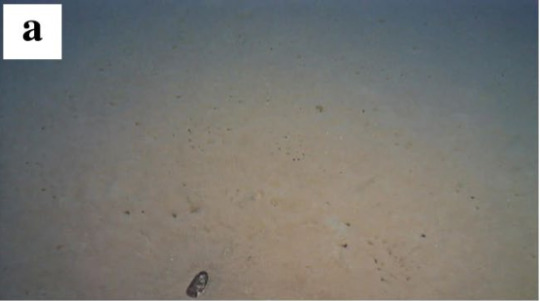

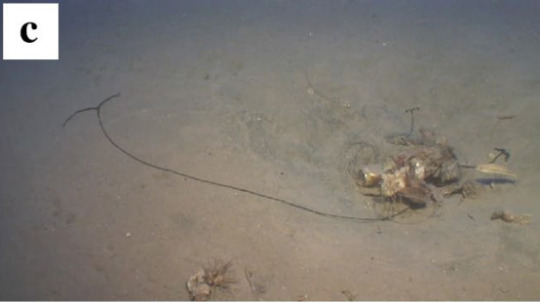
Marine litter items recorded with ROV at 111m depth on the seafloor of Saronikos Gulf,Greece
A) Glass bottle
B) A beverage metal can covered by a ceramic tile having a polychaeta attached on it.
C)Two beverage cans, a fishing longline and two plastic sheets creating a shelter for an green spoonworm (Bonellia viridis).
Reference (Open Access): Ioakeimidis et al. 2015. Use of ROV for assessing marine litter on the seafloor of Saronikos Gulf (Greece): a way to fill data gaps and deliver environmental education. Springerplus
#marine litter#marine debris#benthic debris#echium#green spoonworm#bonellia viridis#animals#deep sea#ocean floor#greece#saronikos gulf#marine science#environment#science#mediterranean#seafloor#polychaeta
22 notes
·
View notes
Video
youtube
Animated Short: The Green Spoonworm (by TheNewYorkTimes)
0 notes
Photo
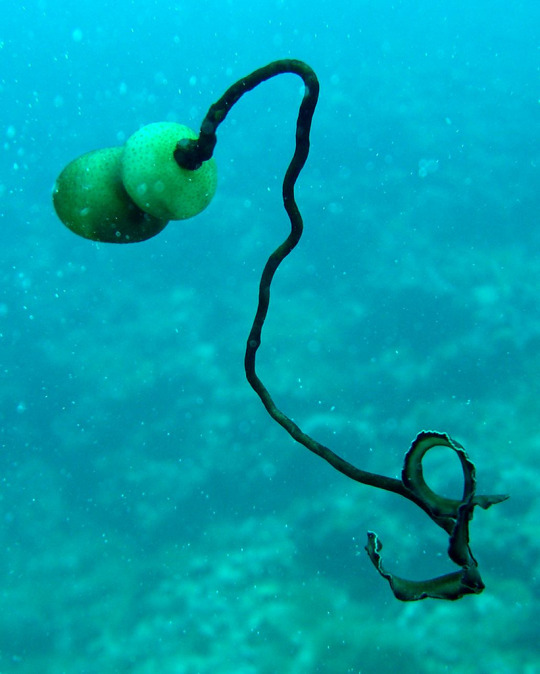

Green Spoonworm (Bonellia viridis)
...is a species of Echiruan or spoonworm found in the north-eastern Atlantic, Indian, and Pacific oceans, and the Red and Mediterranean and Red seas. Green spoonworms are highly sexually dimorphic, the females take the green form you see above, the males however are planktonic and live inside the females body. The presence/absence of the pigment bonellin determines sex. Green spoonworms are mainly detritivores and will anchor themselves to the floor with two hooks. They will also feed on small invertebrates aswell by using an extendable proboscis which is 10x their body size.
Phylogeny
Animalia-Echiura-Echiuroidea-Bonelliidae-Bonellia-viridis
Image Source(s)
#Green Spoonworm#Echiura#Science#Echiuran#Bonellia viridis#Spoonworm#Echiuroidea#Atlantic#Ocean#Indian ocean#Pacific#Minor phyla#Bonelliidae#Bonellia
81 notes
·
View notes